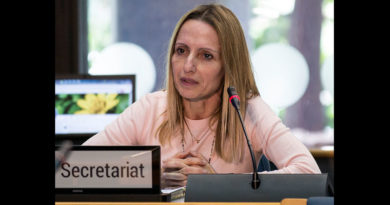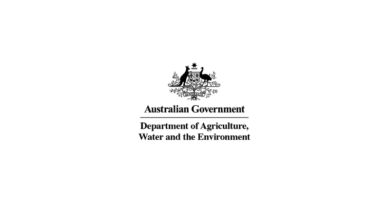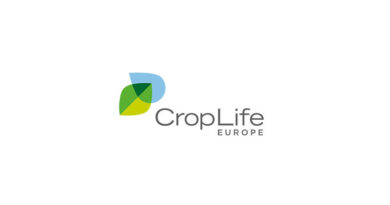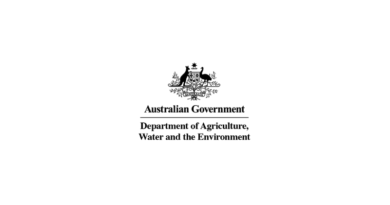EU continues phasing out use of chemicals that harm the ozone layer
18 September 2023, EU: EEA’s indicator on the consumption of ozone-depleting substances shows that the EU continues to actively phase out the use of these chemicals, in line with its commitment under the Montreal Protocol. Ozone-depleting substances (ODS) are widely used in refrigerants, polymers, pharmaceuticals, and agricultural chemicals.
Data for 2022 shows that consumption of ODS in the EU was negative (-3,623 metric tonnes). Negative consumption of ODS means statistically that more of these substances were destroyed or exported than produced or imported.
The updated data is published ahead of the International Day for the Preservation of the Ozone Layer, celebrated annually on 16 September to commemorate the signing of the Montreal Protocol on Substances that Deplete the Ozone Layer in 1987.
Stopping the use of ozone-depleting substances is crucial to protecting the ozone layer in the Earth’s atmosphere. The ozone layer serves an important function as it absorbs the sun’s ultraviolet rays, which can pose a danger to the environment and human health.
Background
In 1989, the Montreal Protocol on Substances that Deplete the Ozone Layer entered into force. Its objective is to protect the stratospheric ozone layer by phasing out the production of ozone-depleting substances (ODS). The protocol covers over 200 individual substances with a high ozone-depleting potential (ODP), including chlorofluorocarbons (CFCs), halons, carbon tetrachloride (CTC), 1,1,1-Trichloroethane (TCA), hydrochlorofluorocarbons (HCFCs), hydrobromofluorocarbons (HBFCs), bromochloromethane (BCM) and methyl bromide (MB), all of which are referred to as ‘controlled substances’.
The Montreal Protocol was amended in October 2016, in Kigali, Rwanda, to regulate hydrofluorocarbons (HFCs). Used as substitutes to CFCs, HFCs are potent greenhouse gases, and their production and consumption has grown significantly over the last decades. Both developed and developing countries have made commitments to reduce production and consumption of HFCs in the next three decades.
The European Commission published a proposal for a revised EU Ozone Regulation in April 2022. The new regulation would allow to prevent the equivalent of 180 million tonnes of CO2 and 32,000 tonnes of ozone depleting potential (ODP) emissions by 2050.
Also Read: Breakthrough in India’s marine fisheries: ICAR-CMFRI unearths genome secrets of Indian Oil Sardine
(For Latest Agriculture News & Updates, follow Krishak Jagat on Google News)















